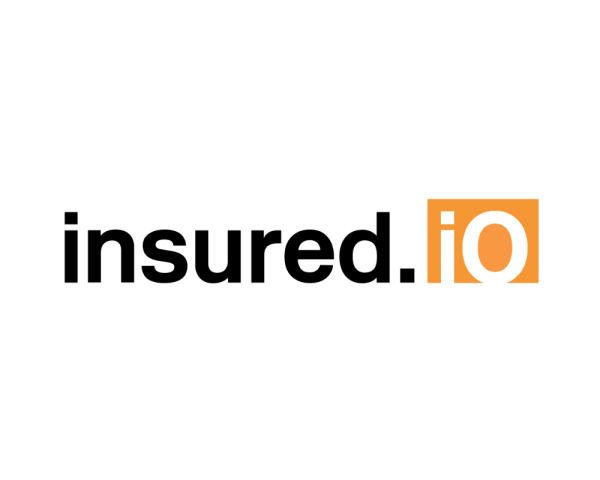As of February 1, 2024, The Hartford Financial Services Group, a large business, home, and automotive insurance provider, no longer writes new policies for California homeowners. With this announcement, The Hartford joins several other large insurance players, including Allstate, State Farm, Farmers, Safeco, and USAA, who have all stopped writing policies for the California P&C market. Other large insurers remaining in California are raising the rates of their home and auto insurance premiums by as much as 20%.
How did we get here? Over the last five years, the Golden State has faced many catastrophic weather events, from wildfires and earthquakes to heat waves and flash floods. There was even a hurricane off the coast of San Diego in 2023, the first to land on the California coast in more than 100 years. These natural disasters leave significant property damage and a hefty price tag for P&C insurers. The National Oceanic and Atmospheric Administration (NOAA) estimated the cost of natural disasters in California reached $22.2 billion in 2022, the second-highest in the nation behind the state of Texas.
The state government and insurance commissioner in California are late to the game, scrambling to respond to the loss of these large carriers. Still, they continue to work on a plan and possible legislative solutions that will stem the exodus.
Meanwhile, insurance consumers in California have more than 100 insurance carriers they can work with across the state. These remaining mid-sized P&C insurance carriers are being inundated by requests for policy quotes from insurance consumers seeking coverage. They are struggling to keep up with demand. The California FAIR Plan, a state-run program offering homeowners basic fire insurance in areas where traditional carriers have either withdrawn or are not renewing policies, reports that they’re receiving 1,000 applications per day.
With the right technology investments, these carriers have a meaningful opportunity to step in and be heroes. Acquiring these customers will help them scale significantly and even create new risk products. However, to successfully acquire and onboard these new customers, they’ll need to be agile, responsive, and able to deliver a top-notch customer experience.
Mid-sized Carriers, Large-Carrier Customer Experience
Because smaller carriers typically don’t have shareholders to please, they can put policies in place with little overhead, such as pleasing Wall Street and investors, allowing them to take on additional risk that the larger carriers are no longer willing to do. They can also provide a more intimate, personalized customer experience that will go a long way with insureds who feel the larger carriers have left them high and dry. That is, as long as they can keep up with demand and scale without compromising that service. Part of that includes an easy, seamless digital experience for customers.
Here’s the reality, though. These insurance consumers who’ve been left without policies are used to a certain level of service from the large carriers. The ability of mid-sized carriers to provide multiple, tailored digital channels will be crucial in customer acquisition. These channels must be seamless and easy for customers who expect a large carrier experience. Examples include a self-service customer portal where they can quickly review their policy information from anywhere, anytime, or an IVR system that makes it easy for customers to call a toll-free number, press a couple of buttons, and get the policy information they need without waiting.
At the same time, communications channels should natively work together to provide consistency in data, messaging, and behavior across each channel.
In our recent study of the behavioral data of 250,000 property and casualty insureds over two years, we learned that a consistent omnichannel experience can boost insurance customer retention by 21%. Having a single channel, such as a customer portal, also saw a lift to retention of 12%.
For mid-sized carriers, utilizing multiple self-service channels can significantly increase customer retention. For example, an insurance portal reduces policy churn by 12% compared to those who do not engage with a portal. Those who use multiple channels, such as phone, email, and SMS, are 21% less likely to cancel their policies, and those who repeatedly use multiple channels show a 25% higher retention rate—customers who use advanced features like policy document retrieval and ID card access exhibit even higher retention rates.
Beyond California
Mid-sized carriers across the U.S. should pay close attention to what’s happening in California as a blueprint. This is only one insurance market where large carriers are pulling up stakes and getting out. Remember, extreme weather events are driving this trend, and those are happening from coast to coast. For example, recent flash flood events in Kentucky, Pennsylvania, New York, and New England have caused significant property damage in areas that have never been flood zones before. Florida is also facing a growing P&C insurance crisis brought on by increasingly intense hurricane seasons and lax regulations that resulted in skyrocketing premiums.
Mid-sized carriers can prepare for similar situations in the states where they operate. To attract more customers, meeting them where they are is important. Create meaningful interactions with policyholders through proactive communication that helps them solve problems quickly on the channel of their choice. Sending helpful text messages, such as reminders when a premium is due or updating a customer on a claim, builds trust and keeps customers returning. Dedicated customer service portals are now a must-have for carriers of all sizes, as policyholders want more flexibility to log in and quickly find the information they need. Portals can also help keep expenses low for carriers, as they won’t need to tie up agents answering basic questions that customers can find there.
To win the hearts and minds of insurance customers who’ve been canceled by larger carriers, mid-sized insurance organizations will need to go the extra mile. Always think of ways to be more proactive. If you can skillfully demonstrate that you anticipate your customers’ needs and will be around for the long haul, you can build deeper customer loyalty. At the same time, mid-sized carriers need to invest in cost-effective, modern technologies that help them streamline efficiencies, automate repetitive tasks, and empower staff. The ball is in their court.
Sponsored by: ITL Partner: insured.io








